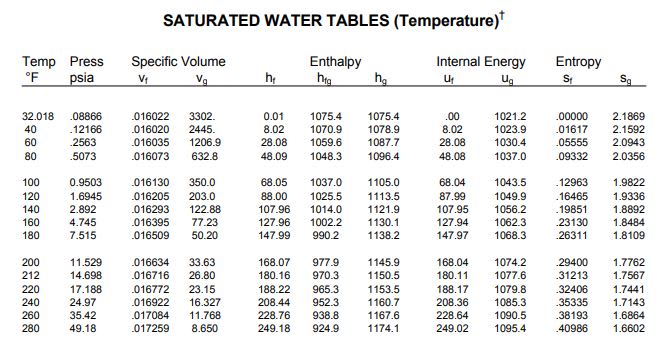Pavan Kumar
Chemical
Hi All,
The PSV that I am sizing has subcooled liquid at the PSV inlet and flashes at the PSV orifice. I referred to the guideline in API 521 5.5.10 to calculate the pressure drop in the PSV outlet line for two phase flow. The procedure is for a single line size that is horizontal. In my case the line size is 4" and is NOT horizontal. The line is 45.9 ft long with that ends up 34.5 ft below the PSV outlet flange at the grade. Now I want to know if I can still use API 521 Sec 5.5.10 or is there another guideline that I can use. Kindly suggest. There are some papers which talk about DIERS methodology but is that one applicable for non-horizontal flow?. If yes could anyone of you provide a copy of the document if it is not copyrighted.
I finished PSV sizing per API 520 Part 1 C2.3 assuming a back pressure of 10 psig ( PSV set pressure = 72.5 psig), but now I need to replace this number with the correct back pressure.
Thanks and Regards,
Pavan Kumar
The PSV that I am sizing has subcooled liquid at the PSV inlet and flashes at the PSV orifice. I referred to the guideline in API 521 5.5.10 to calculate the pressure drop in the PSV outlet line for two phase flow. The procedure is for a single line size that is horizontal. In my case the line size is 4" and is NOT horizontal. The line is 45.9 ft long with that ends up 34.5 ft below the PSV outlet flange at the grade. Now I want to know if I can still use API 521 Sec 5.5.10 or is there another guideline that I can use. Kindly suggest. There are some papers which talk about DIERS methodology but is that one applicable for non-horizontal flow?. If yes could anyone of you provide a copy of the document if it is not copyrighted.
I finished PSV sizing per API 520 Part 1 C2.3 assuming a back pressure of 10 psig ( PSV set pressure = 72.5 psig), but now I need to replace this number with the correct back pressure.
Thanks and Regards,
Pavan Kumar

